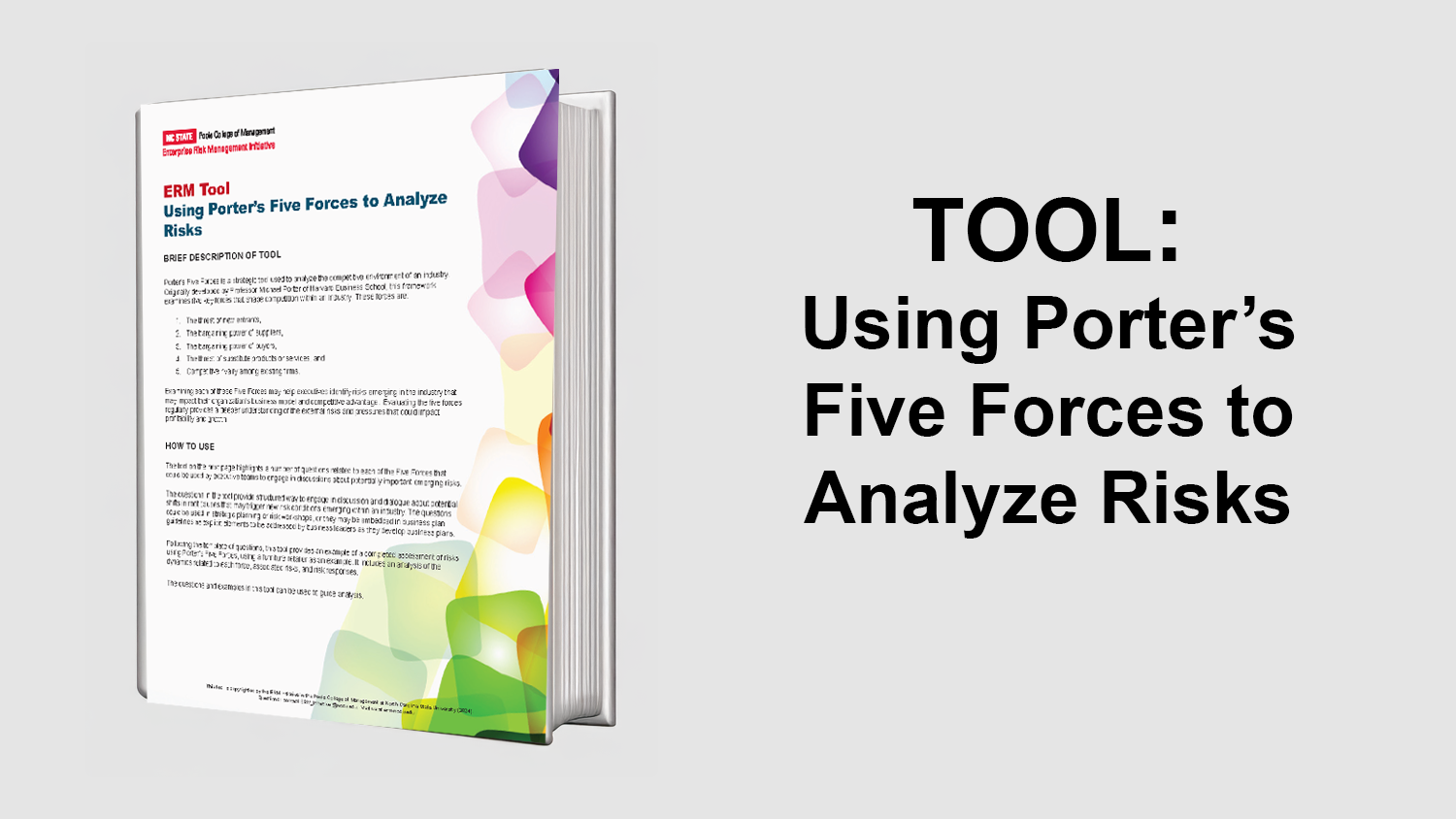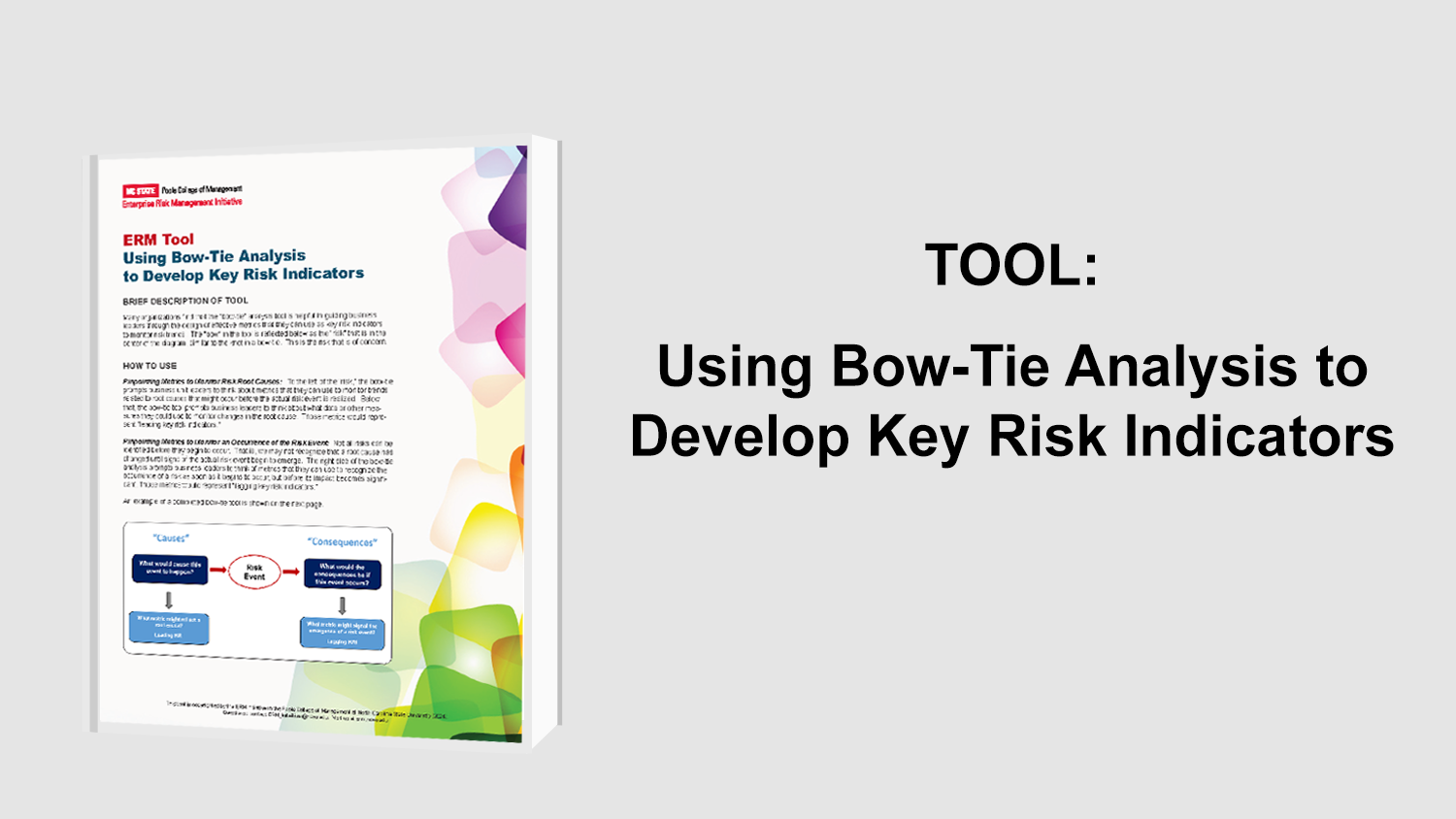We Will Never Have a Perfect Model of Risk
In early 2006, the housing bubble peaked and during the past two years, caught homebuilders by surprise when the market suddenly contracted. Homeowners foreclosed, were forced to move into rental housing, and homebuilders added more houses to the saturated “empty-house-for-sale” market. Home prices dropped and inventories peaked but with anticipated recovery, home prices will stabilize, financial institutions will rebuild, trust will be restored, and the recovery phase will ensue.
Greenspan notes that the financial valuation system will endure most scrutiny and hopes that reliance on financial self-regulation will endure the least. Like past experiences, economic forecasting models failed to anticipate the financial crisis. The root of the problem exists with the risk and econometric models and lack of variables that drive “global economic reality.”
Most data used in these statistical models was drawn from expansion, or “euphoria,” and contraction, or “fear” phases of the business cycle, two opposite ends of the spectrum. However, once the cycle peaks, and right before the bubble bursts, the onset of contraction is the time when risk management is needed the most. Modeling each phase of the business cycle and being able to anticipate the shift from expansion to contraction are very crucial to the effectiveness of these models.
Greenspan affirms that these models have proven to be safeguards in the past, but cautions they are far from perfection. Eventually, the models “will fail and a disturbing reality will be laid bare, prompting an unexpected and sharp discontinuous response.”
The present crisis will lead to large-scale overhauls of international banking and risk management systems; however, Greenspan emphasizes that over-regulation will do more harm than good.
Original Article Source: “We Will Never Have a Perfect Model of Risk“, Financial Times, 2008
- Types:


